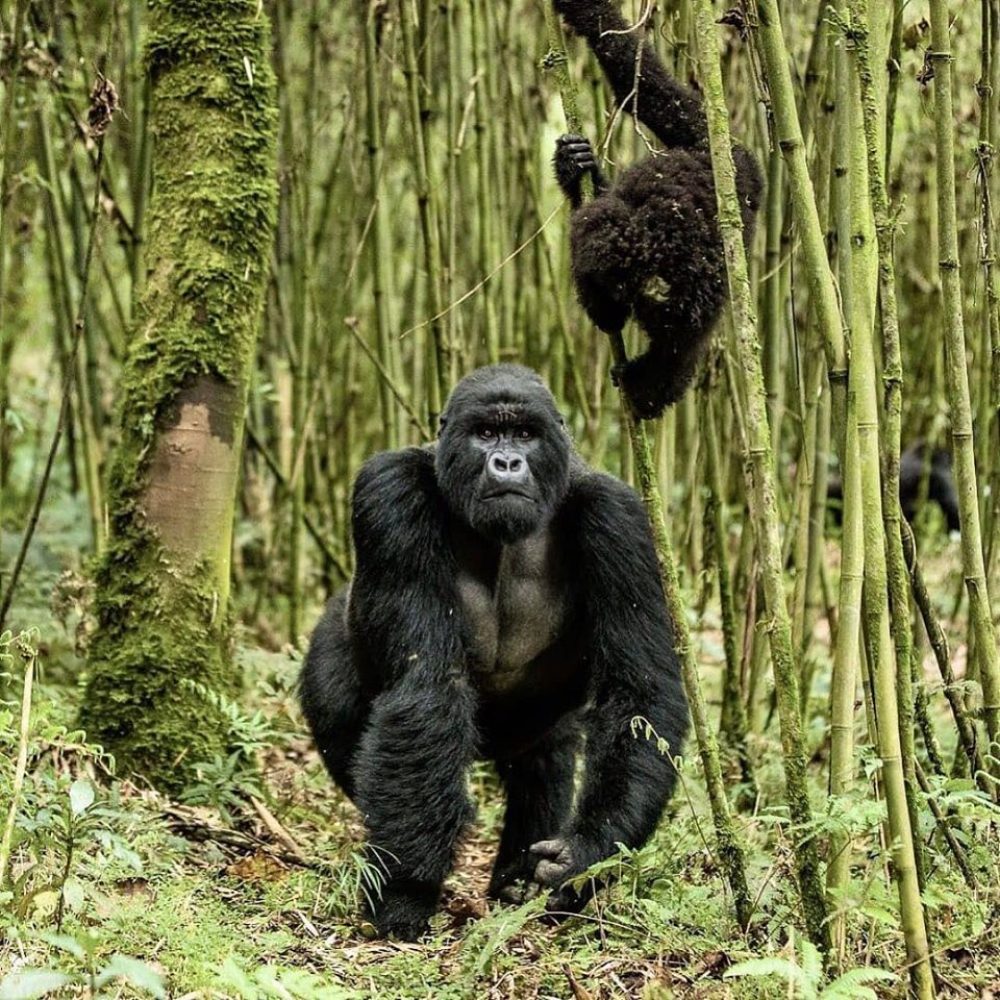 Scientifically referred to as Circaetus cinereus is one of the popular birds of prey always explored on Uganda birding safaris and tours. Belonging to the family Accipitridae and Circaetus Genus, the Brown snake eagle thrives in the East, West and South of Africa.
Scientifically referred to as Circaetus cinereus is one of the popular birds of prey always explored on Uganda birding safaris and tours. Belonging to the family Accipitridae and Circaetus Genus, the Brown snake eagle thrives in the East, West and South of Africa.
The Brown snake eagle is all brown with some of them featuring some white feathers. The fledging of the juvenile occurs between 60 – 100 days in the nest after which it goes independent. They feature brown tail with white tip and barring. The legs are long and bare while the feet are pale gray. The eyes of brown snake eagle are yellow while the beak is black in colour as viewed on birding safari in Uganda.
This bird species are notably quiet only vocalizing while in flight, when carrying snake or during displays. They spend great deal of time perched in a tree or at a high place such as an electric pylon. The brown snake eagle features average size and extends to only 60 – 70cm in height. They feature a life span of seven (7) – ten (10) years.
Regarding diet, the brown snake eagle, consumes mainly snakes and possess the capacity to kill even venomous snakes such as Cobras. Their natural protection against bites is their thick-skinned legs. Apart from snakes, the brown snake eagles also consume small mammals and lizards.
They tend to occupy nests that have been made by other birds or repair the partially destroyed and deserted nests. In situation where they intend to build a new one, they look out for a high rock or a tree that is distant from predator habitat and human settlement. Just like other snake eagle species, the brown snake eagle lays one (1) egg every year and the female undertakes the incubation.
The Brown snake eagle thrives in arid, open and dense woodland between 0 – 2,500m above sea level and would avoid lowland forested areas and deserts. They are listed as species of least concern on the red list of International Union for Conservation of Nature (IUCN).
Birders on Uganda Safaris can gain chances of viewing brown snake eagle in Queen Elizabeth National Park.

 Ndahura the re-known member and Silverback of Bitukura gorilla group normally explored on the
Ndahura the re-known member and Silverback of Bitukura gorilla group normally explored on the  Lake Heights Entebbe is one the recently added
Lake Heights Entebbe is one the recently added  Scientifically referred to as Psittacus erithacus, the African grey parrot is a notable Old World parrot belonging to the family Psittacidae and thrives in the equatorial Africa including Uganda where it is explored on
Scientifically referred to as Psittacus erithacus, the African grey parrot is a notable Old World parrot belonging to the family Psittacidae and thrives in the equatorial Africa including Uganda where it is explored on  The destination
The destination
 The
The  A hands-on wildlife crime scene investigation (CSI) Course was conducted by the government of United States at the Dar es salaam Police Academy between 5th and 8th December 2016 with the aim of providing upgraded skills to disrupt poaching of
A hands-on wildlife crime scene investigation (CSI) Course was conducted by the government of United States at the Dar es salaam Police Academy between 5th and 8th December 2016 with the aim of providing upgraded skills to disrupt poaching of